Whether you're looking for tips of which plants are edible (or not!), want to develop your skills as a forager, or want to try out some new recipes, this list of books by the experts will help.
What is foraging?
Foraging is finding, gathering and harvesting food from the wild for free, usually referring to plants. Of course, long before shops existed, this is how our ancestors survived! In recent times, foraging has increased in popularity as people yearn to connect with nature again (or simply wish to save some money on their food bills).
We have a foraging hub on our website, which has articles on how to forage sustainably (and the laws around foraging), examples of ten easy-to-find and common edible plants, and plenty of foraging recipes (many of which have come from the books listed below).
What are the best plants to forage?
Some plants are incredibly versatile when it comes to foraging – either because one part of them can be used in a multiple of ways (for example, blackberries from the bramble plant) or because multiple parts of one plant can be used (for example, the roots, leaves and flowers of dandelions can all be foraged).
Discover more about the best gifts for foragers, the best foraging courses in the UK and a monthly foraging guide with our sister magazine, BBC Countryfile.
The Hedgerow Handbook, by Adele Nozedar
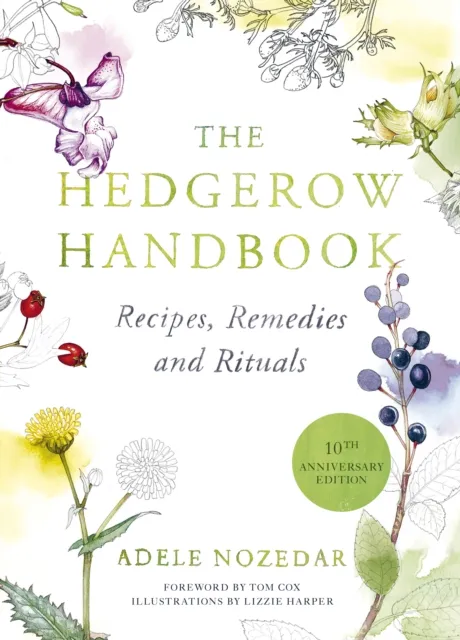
My copy is this is very well-worn indeed, in part because it is the first foraging book I owned but also because I find it absolutely delightful and will often flick through it and read sections of it, even if I'm not planning on doing foraging anytime soon. My favourite recipes from this book are sloe gin chocolates (delicious, and a great way to reuse gin-soaked sloes) and the classic summer foraging recipe that is elderflower cordial.
The book came about when Adele Nozedar moved to Wales and learnt to cook. As she wasn't keen on going to supermarkets, she began “poking around in the undergrowth”, and creating and collecting foraging recipes, which were later collated into this book. Her words and the accompanying illustrations by Lizzie Harper, a botanical and scientific illustrator based in Hay-on-Wye whose work is regularly featured in books and identification guides, turned out to a winning combination, and they've worked together on three subsequent books: The Garden Forager, Foraging With Kids and The Tree Forager.
Nettle Cookbook
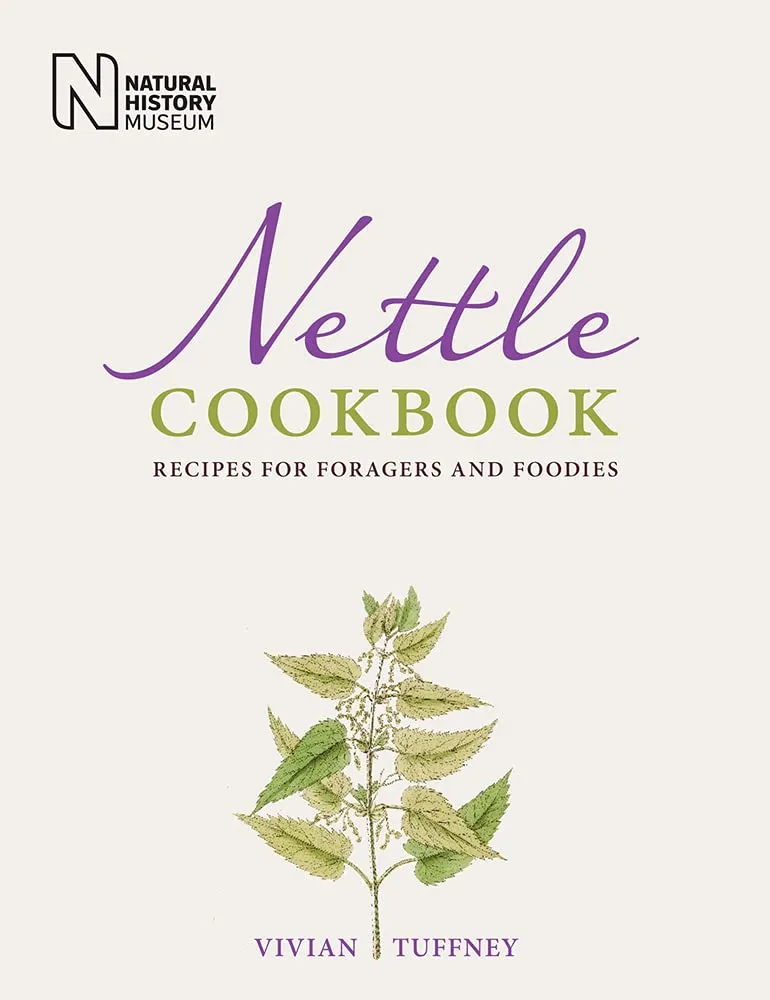
As mentioned in the introduction of this article, the nettle is one of the most versatile plants when it comes to foraging and Vivian ‘Viv’ Tuffney proves this with a whole book devoted to nettle recipes, published by the Natural History Museum, London. “Nettles are highly nutritious and grow so abundantly that ignoring them as a source of food is just wasteful,” comments Viv in the book's introduction. In fact, the oldest recorded dish in the UK was nettle pudding, more than 8,000 years ago.
There's a wide variety of recipes to try out, from the basics such as nettle soup (in fact there are four different nettle soups included: cream of nettle, asparagus and nettle, pea and nettle, and potato and nettle) and nettle pesto, to some more unusual ones such as sausage and nettle calzone, gnocchi with nettles and nettle ice cream.
View recipes from Nettle Cookbook:
Concise Foraging Guide
- Buy now from Bookshop, Hive, Waterstones
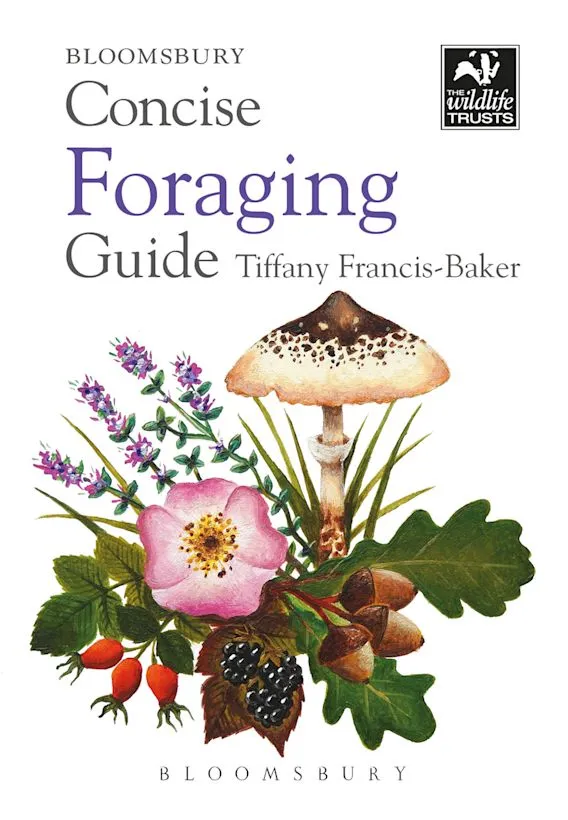
Written by nature writer, illustrator and author Tiffany Francis-Baker, who also wrote another foraging book for Bloomsbury titled Food You Can Forage (reviewed further down this page), this mini book is a really handy overview to foraging – great for beginners or if you want to pop it into your pocket to reference during a walk. Split into a number of sections (for example: fruits, nuts and seeds, and fungi), each species account includes an illustration, description, distribution and a quick summary of its uses.
The introduction covers an overview of foraging, including how to do so safely and legally, and how to story, preserve and prepare foraged food. The fold-out poster is double-sided and shows common edible species grouped by season and habitat. For example, hawthorn is listed under woodland and autumn, dog rose under meadow and summer, and sea beet under coast and spring. This is one of the concise guide series published by Bloomsbury and the Wildlife Trusts, which also includes insects, trees, garden birds and wildflowers.
Where the Wild Things Grow, by David Hamilton
- Buy now from Bookshop, Hive, Waterstones
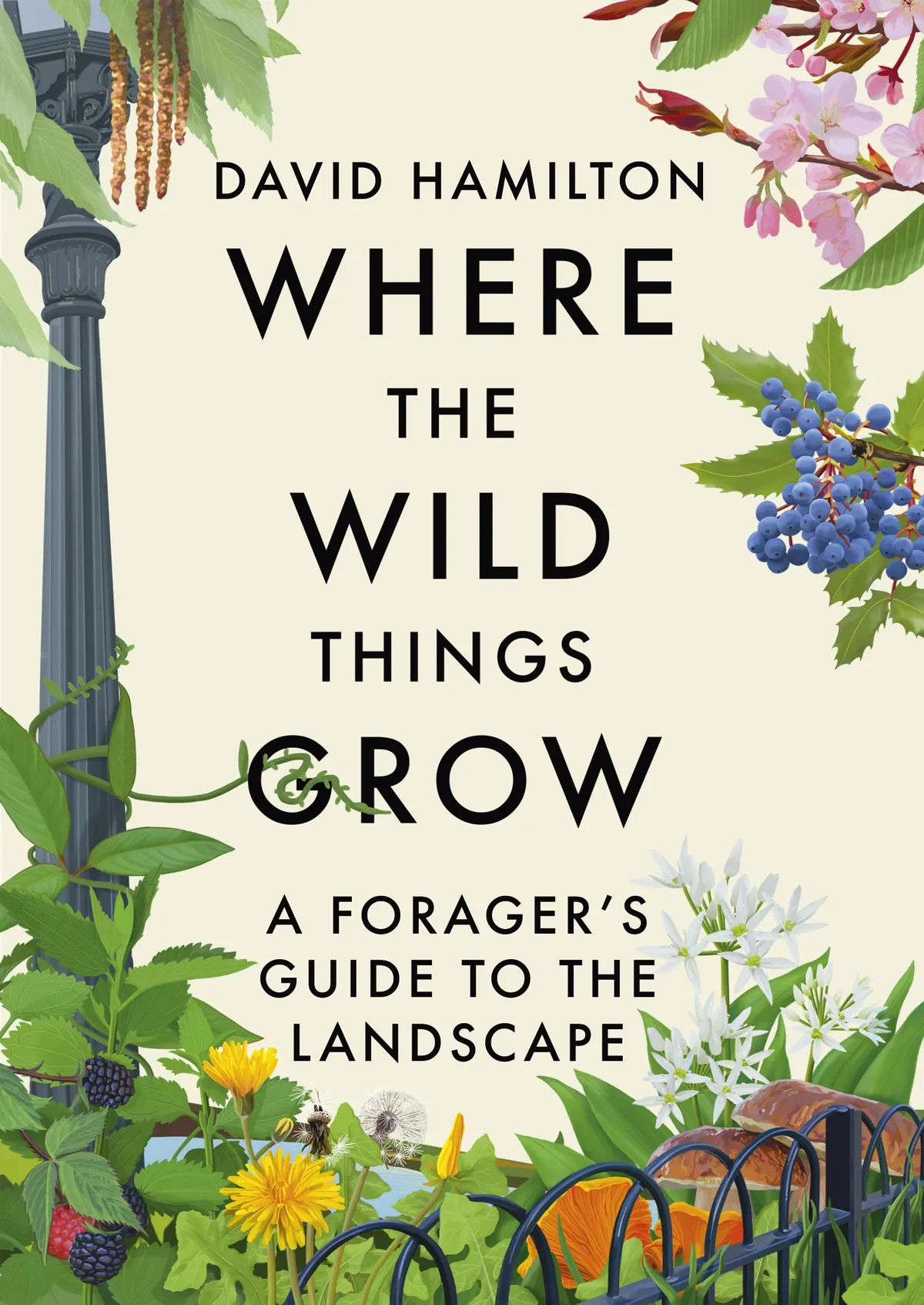
Following on from his Family Foraging book, Where the Wild Things Grow is described by David Hamilton as “my longest book to date marking the culmination of years of study into the subject of foraging from my first wild garlic forays in South Wales aged just 21 to teaching Guardian Masterclass decades later.”
Alongside information on foraging equipment and preservation techniques, there are a number of base recipes provided at the start of the book, which can be adapted for different plant species - such as pesto, jam, and ketchup. The book is then split into four main landscape sections: man-made, rural, woodland and water, which are further divided into more specific habitats (such as gardens, conifer woodland, and salt marshes).
Read David Hamilton's guide to sustainable foraging and recipes from his books.
View recipes from Where the Wild Things Grow:
The Urban Forager, by Wross Lawrence
- Buy now from Amazon, Hoxton Mini Press
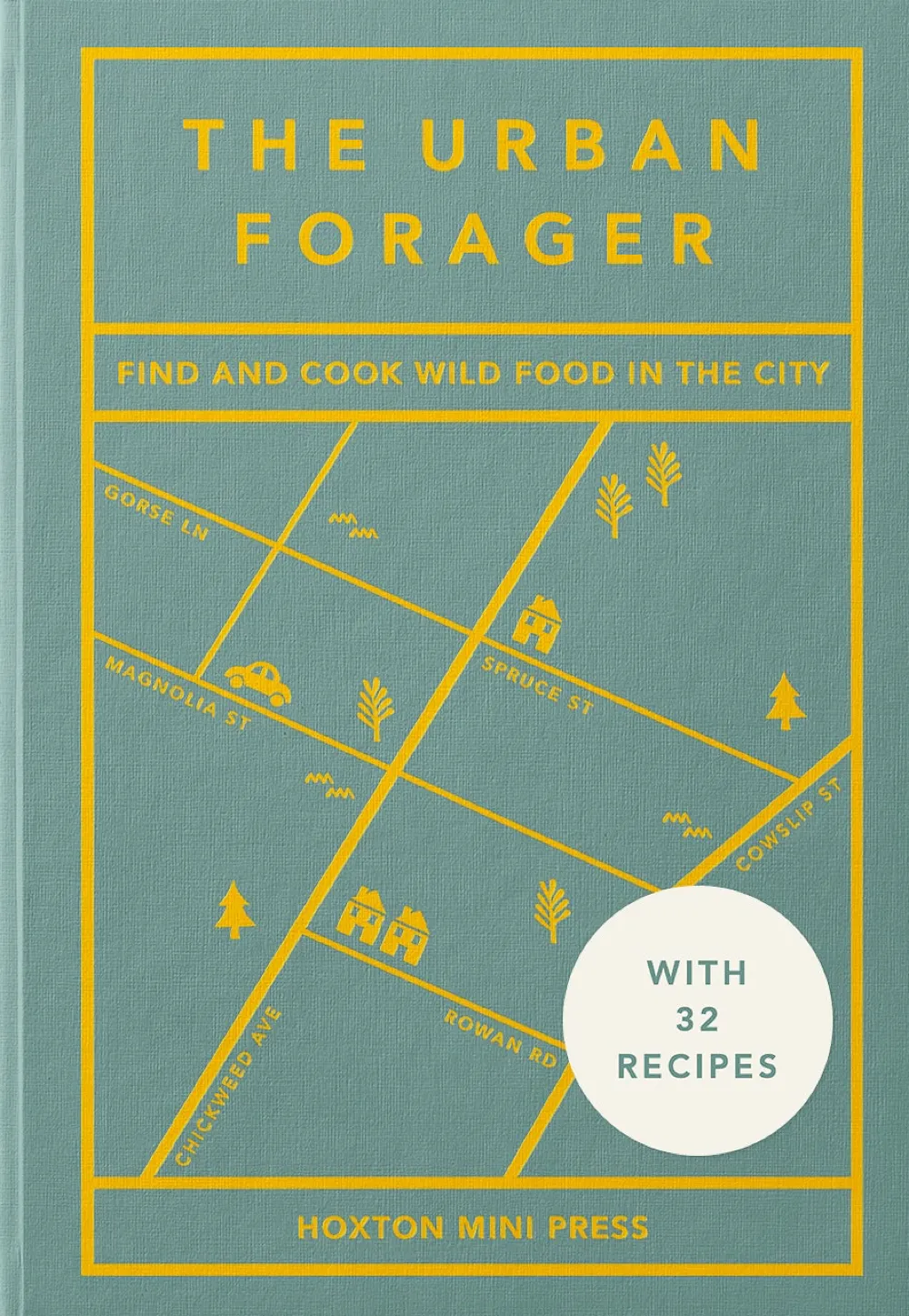
I love the size of this little book by professional forager Wross Lawrence and photographer Marco Kesseler – another one that's great for popping into a coat pocket or bag and taking out with you on a walk. 32 species of plant are listed, with a recipe for each, split into the four seasons. As the title says, the book focuses on foraging in urban environments so it also includes some non-native plant species such as magnolia and mulberry alongside the usual hawthorn, sloe and wild garlic.
There's some tasty-looking recipes listed, I'm looking forward to autumn already when I shall definitely be giving the blackberry and brie toastie a go. In the meantime, with spring around the corner, I'll be reading up on jack-by-the-hedge pie and common chickweed pesto.
Wild Fruits, Berries, Nuts & Flowers, by B. James

The book was first published in 1942, and retailed at 1s 6d, when wartime rationing was in place and wild harvesting could make a huge difference for hungry families. The author notes that ‘Lemons are unobtainable’ and providing advice on what to use as alternatives. Nowadays, wild harvesting (now usually called foraging) has grown as an interest rather than a necessary.
The book includes some of the now less-known recipes such as elderflower vinegar, primrose pudding and even cowslip tart (apparently a favourite sweet of Queen Anne), but there is nothing known about the original author B. James. Forager and editor to The Horticulturist Barbara Segall writes in the foreword, “Try as I might I have not been able to find out who B. James was and if he or she had written any other books about wild harvesting.”
How to Forage for Mushrooms without dying, by Frank Hyman
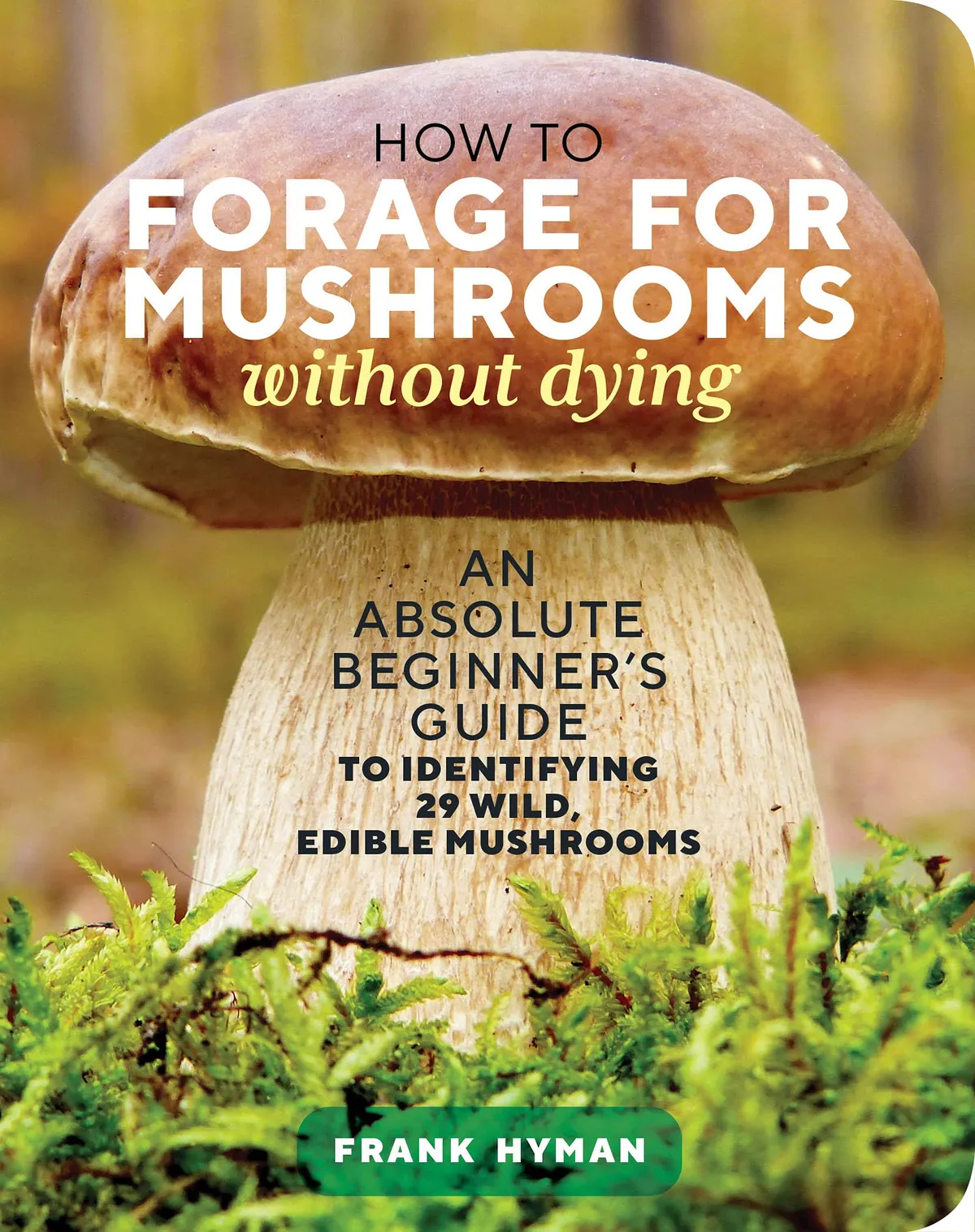
The title of this book might be somewhat alarming, but it's definitely needed as fungi foraging can be very dangerous indeed and lead to illness and even death. Certified mushroom forager and writer Frank Hyman focuses on identifying 29 edible mushrooms for beginners, plus which ones to definitely avoid. As well as going through these different species, there are also sections on “What the heck are mushrooms, anyway?”, how to cook and preserve mushrooms, and the tools of a mushroom forager.
The book focuses on species in North America. Whilst there's some overlap with a number of species found in the UK and Europe, such as Boletus edulis, Auricularia auricula and Fistulina hepatica, but I wouldn't be confident that all the comparable species are listed and thus any foraging using this book would likely need additional resources to double-, triple- and maybe even quadruple-check that what I'm thinking of picking is actually safe to eat.
Food You Can Forage, by Tiffany Francis-Baker

It was a mistake to read this before lunch. Hunger crept up in puffball risotto; thirst grew at the prospect of dandelion wine. This is not a cookery book – its focus is on raw ingredients and the pleasure of foraging. Francis’s sharp eye on contemporary tastes allows her to wander between cuisines with appetising text: wild strawberries are ‘flavour bombs’; dulse is ‘seaside Mexicana’. Her writing is strongest when she speaks from experience: beware the staining juice from walnut shells; gather sweet chestnuts ‘straight from the hedgehog’.
Reviewed by Derek Niemann, wildlife writer
Go Wild: Find freedom and adventure in the great outdoors, by Chris Naylor
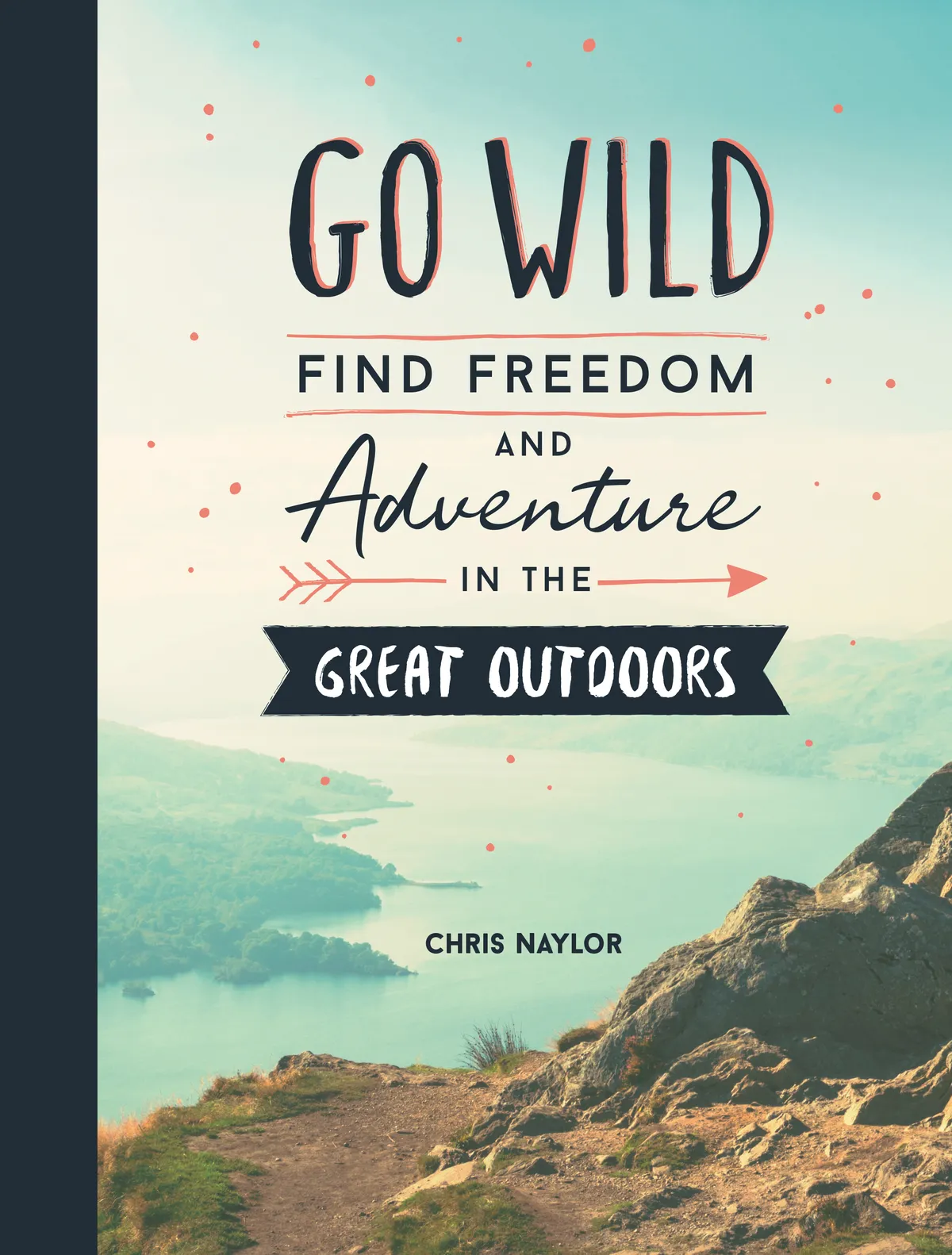
This is more of a general ‘get outside’ book, with activities such as tree climbing, bivvying, and kayaking covered, but there's also some great foraging recipes included (some of which we've published online, see below). Discover how to make bilberry muffins, Thai-style steamed mussels, and crayfish and mushroom risotto, plus classics such as elderflower cordial, wild garlic pesto, and apple and blackberry crumble.
The Hedgerow Apothecary: Recipes, Remedies and Rituals, by Christine Iverson

A move to a Sussex downland village in 2001 inspired Christine Iverson to learn about her local hedgerow and volunteer as an apothecary at the Weald and Downland Living Museum, and resulted in this book on “recipes, remedies and rituals” - the first of her three books, followed by The Garden Apothecary and The Hedgerow Apothecary Forager's Handbook.
Alongside recipes, there's information on folklore and a history of how different species have been used in folk medicine. Plus, methods for making other things such as an insect deterrent pillow (using tansy and garden herbs), poppy seed facial scrub and a spring heath (with cow parsley and other spring foliage).
View recipes from The Hedgerow Apothecary:
Grow Forage and Make, by Alys Fowler
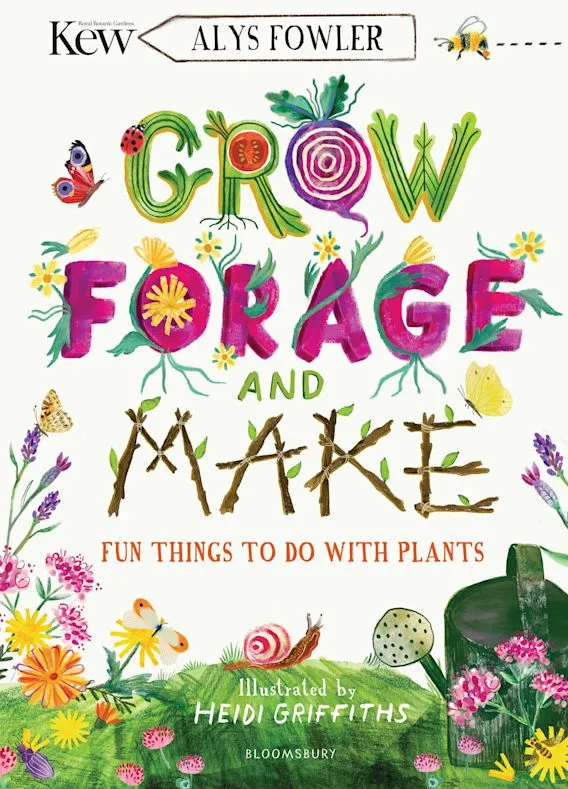
Aimed at children and families, this book by horticulturist and journalist Alys Fowler is a lovely introduction to “fun things to do with plants.” There's lots of great activities for little green fingers to enjoy, from growing tomato plants, foraging for dandelion flowers to make dandelion pancakes (a recipe I definitely want to try out!), and making wildflower seed paper. The illustrations by Heidi Griffiths bring the book to life and work really well alongside the step-by-step instructions.
Main image: Foraging for blackberries. © David Burton/Getty
